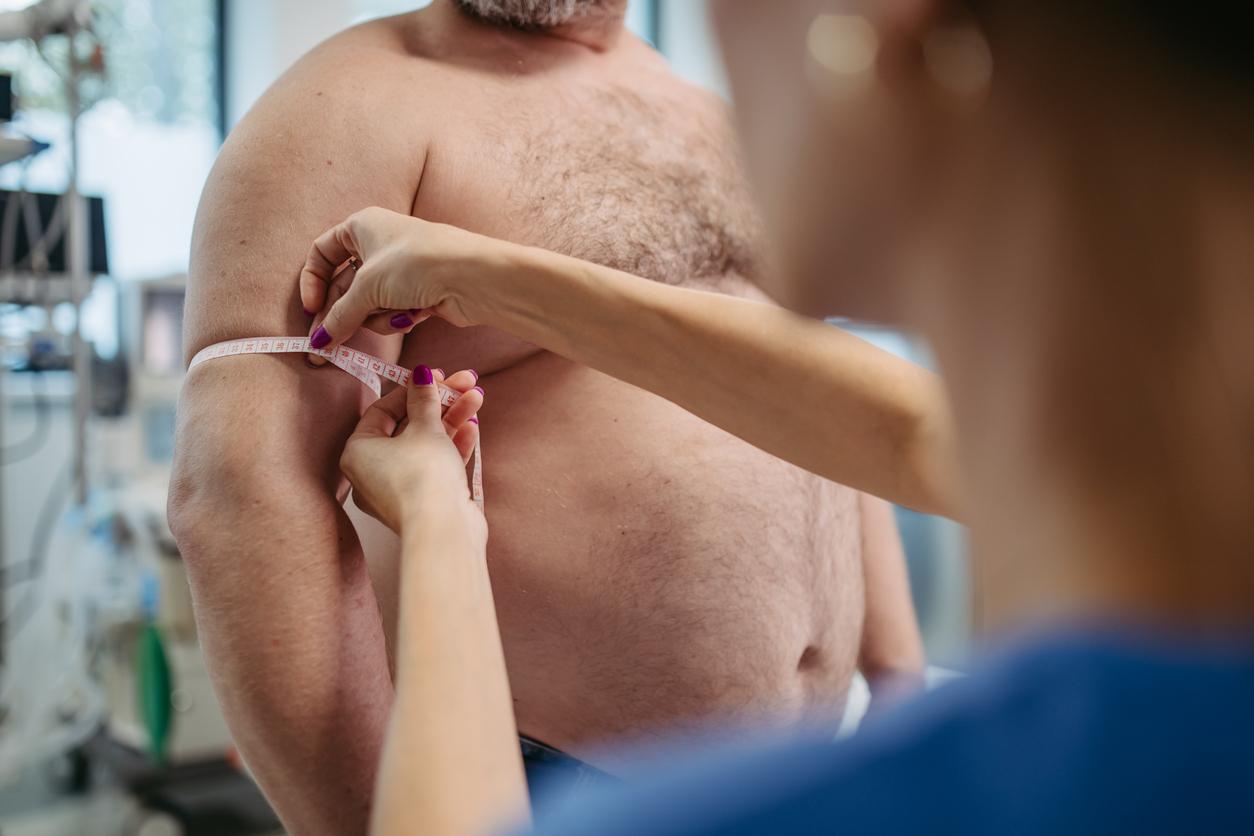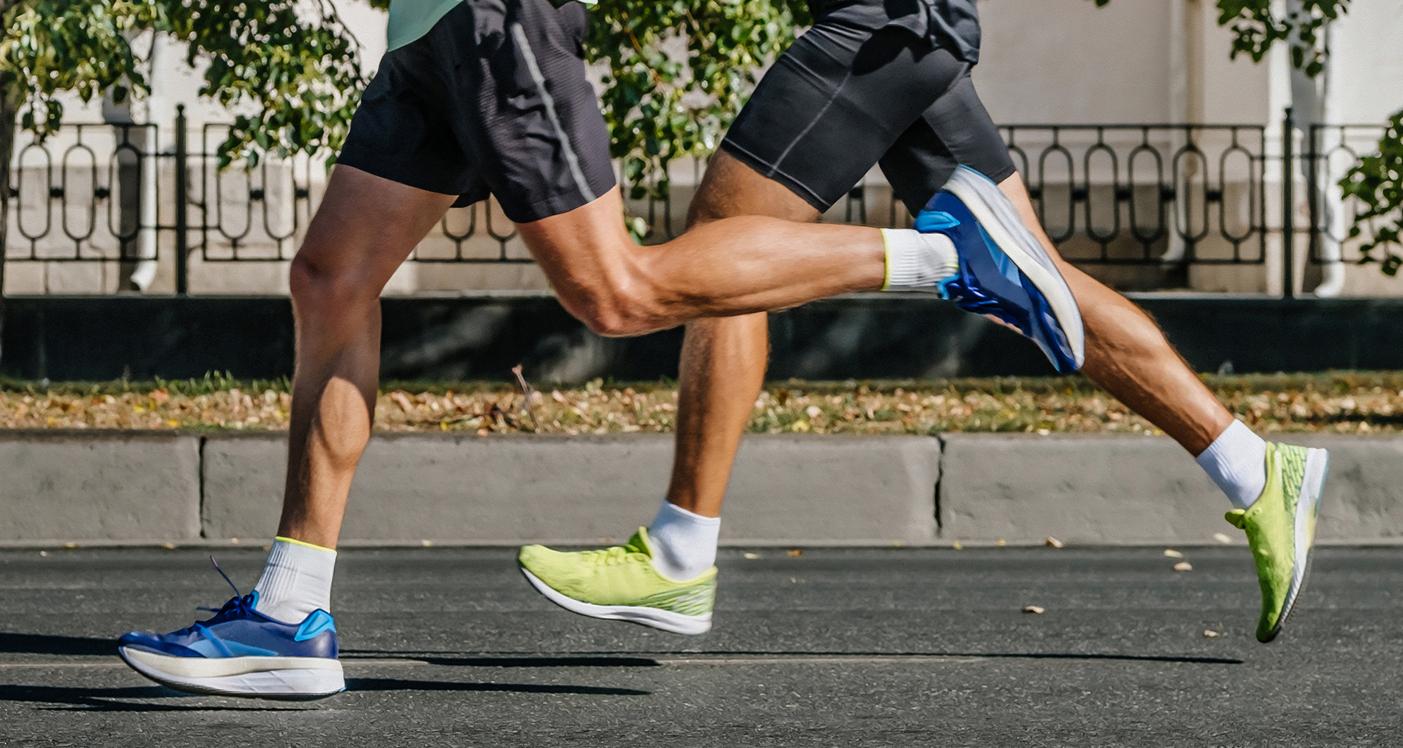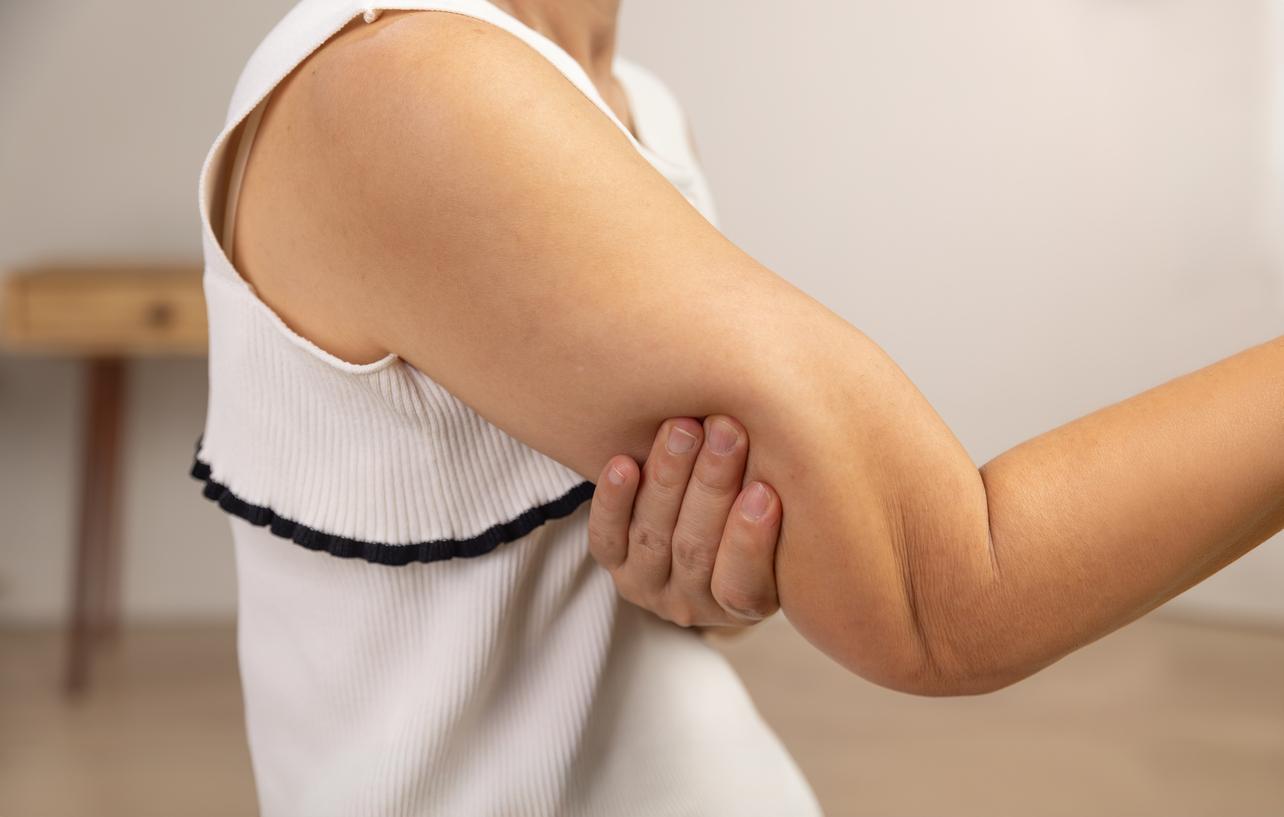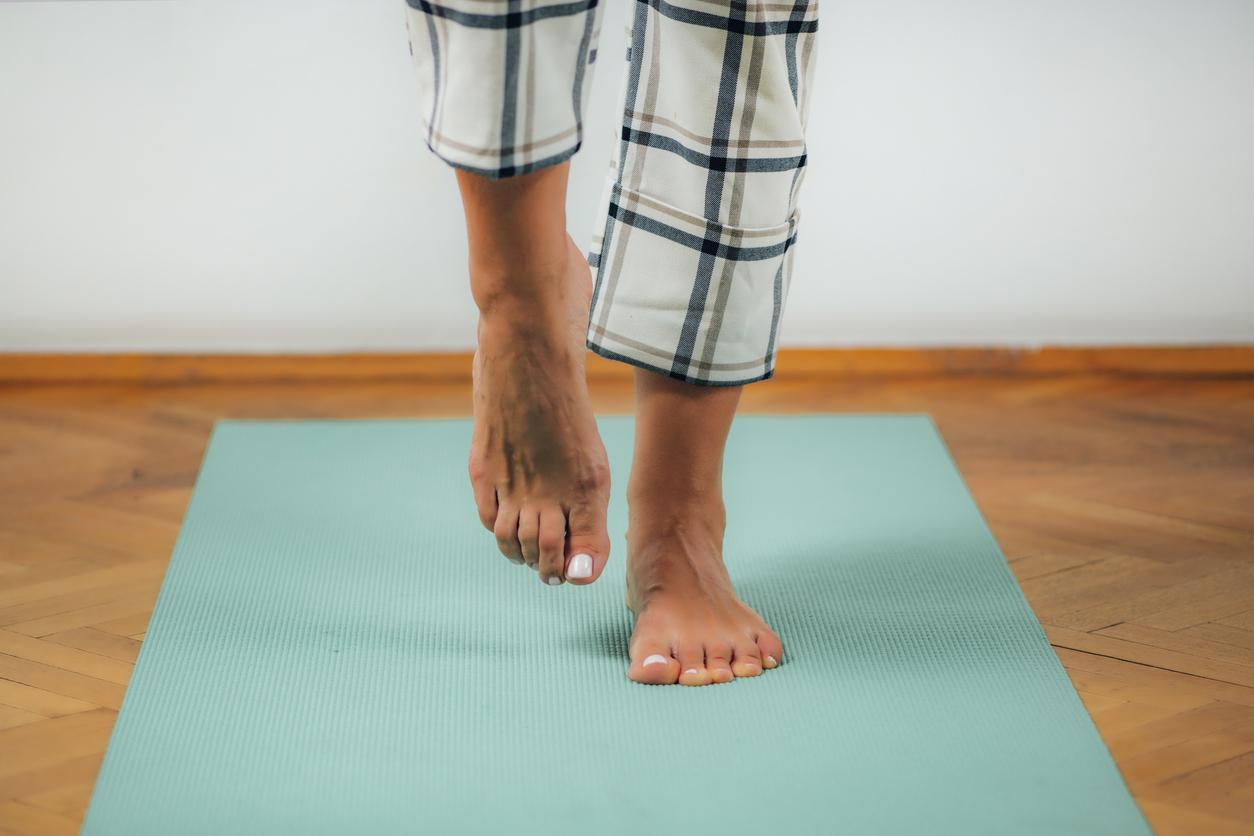Doctor Audrey Stansal sheds light on pole leg disease, also known as lipedema.
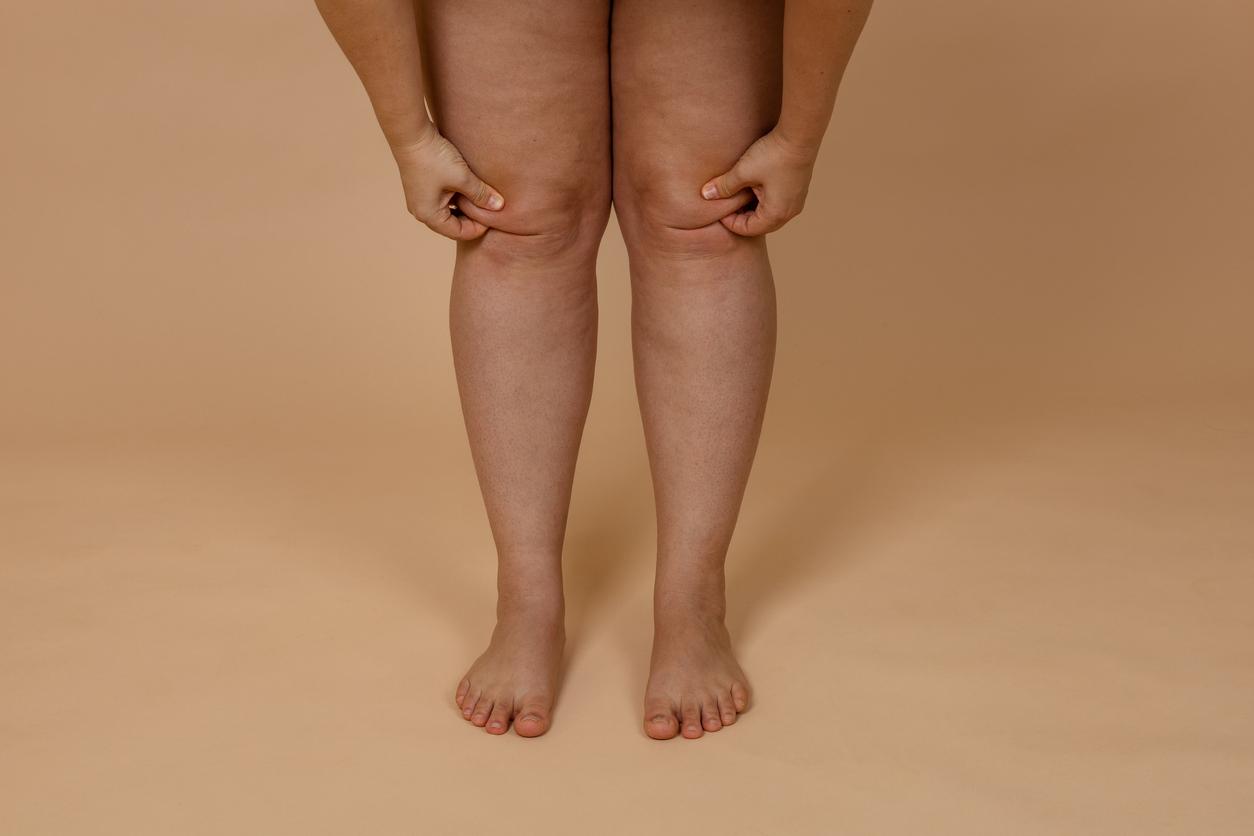
Why doctor – Can you remind us of your background?
Dr Audrey Stansal – I am a vascular doctor. I was trained in Paris, first being an intern in Paris hospitals then head of clinic at Assistance Publique-Hôpitaux de Paris. I then worked for 8 years as a full-time practitioner in another large Parisian hospital, then I had the chance to join the American Hospital for a little over a year now.
Can you explain what vascular medicine is?
It is a specialty that treats all traffic problems. It has replaced angiology and phlebology for several years.
Pole leg disease: “it’s a pathology of the fatty tissue”
What is “pole leg disease”?
This disease, also known as lipedema, is a pathology of fatty tissue which will be located excessively and circumferentially in the legs. It can therefore cause severe pain.
What triggers lipoedema?
Lipedema is linked to hormonal developments specific to women, which can appear during puberty, menopause or even pregnancy.
Does lipedema progress?
Yes, lipoedema progresses gradually if left untreated. In the first stage, there is an accumulation of fat on both legs symmetrically, but the foot is spared. In stage two, there is an increase in volume in the legs with a “cellulite appearance” which appears. At stage three, you may have large fatty nodules that deform the limb. And finally at stage four, the dermis eventually reaches the forefoot.
What is the incidence of this disease?
It is not a marginal pathology: 9 to 10% of adult women are affected.
Half of cases are hereditary.
This pathology has recently emerged within French society. How was it “democratized”?
Lipedema was first described in 1940 by a professor of medicine named Allen, but until the 2000s, no scientific articles appeared on the condition. It is social networks and the medical press which have recently made it possible to talk about the pathology, which nevertheless remains poorly known to doctors.
Is it important to diagnose lipedema?
Yes, because it allows women to relieve their pain and feel less guilty, because they realize that their condition is not necessarily due to a poor diet.
Is there a link between obesity and the occurrence of lipedema?
For a long time, doctors thought that only obese women were affected by this disease, which is completely false.
Pole leg disease: what are the possible treatments?
How is lipedema treated?
Above all, the patient must have a stable weight so as not to accentuate the lipedema. It is also strongly recommended to promote compression using tights*, even if it is not always well tolerated. Ideally, patients should also follow physiotherapy sessions three or even four times a week, or even every day if possible. Furthermore, practicing a sporting activity is highly recommended, as is carrying out regular podiatry check-ups to be sure that the foot is in good condition. Finally, providing psychological support can be beneficial to patients.
Can surgery be the miracle solution?
The vast majority of patients who undergo localized liposuction are very happy, both aesthetically and symptomatically. However, it is a major operation with a fairly long recovery time, which should therefore be reserved for women most bothered by lipedema.
Can the pain return despite surgery?
In the majority of cases no.
A word in conclusion?
Today in France, too many patients are unfortunately still not treated on time and remain for many years in uncertainty regarding their post-leg disease.
*These tights can be purchased in pharmacies or made to measure.



